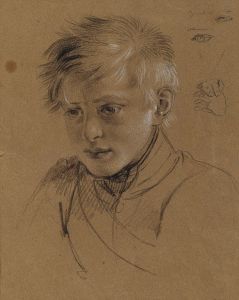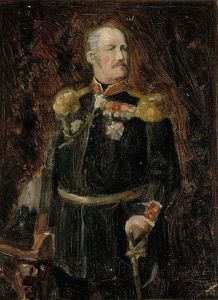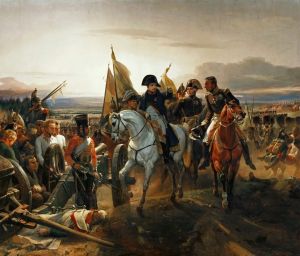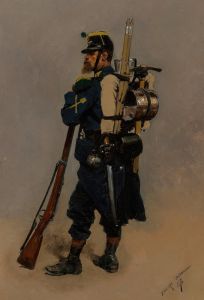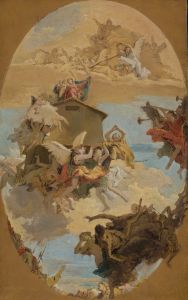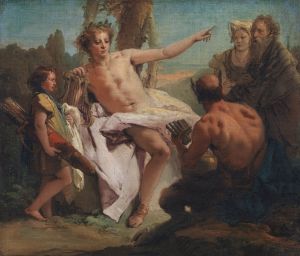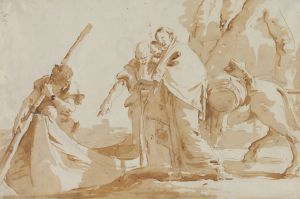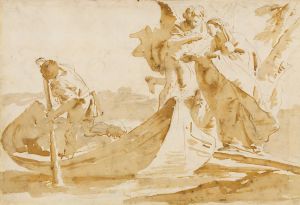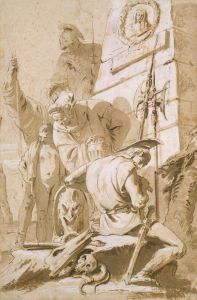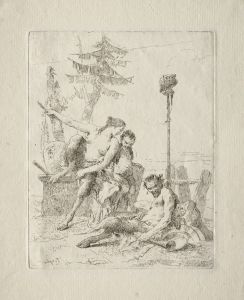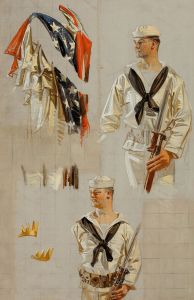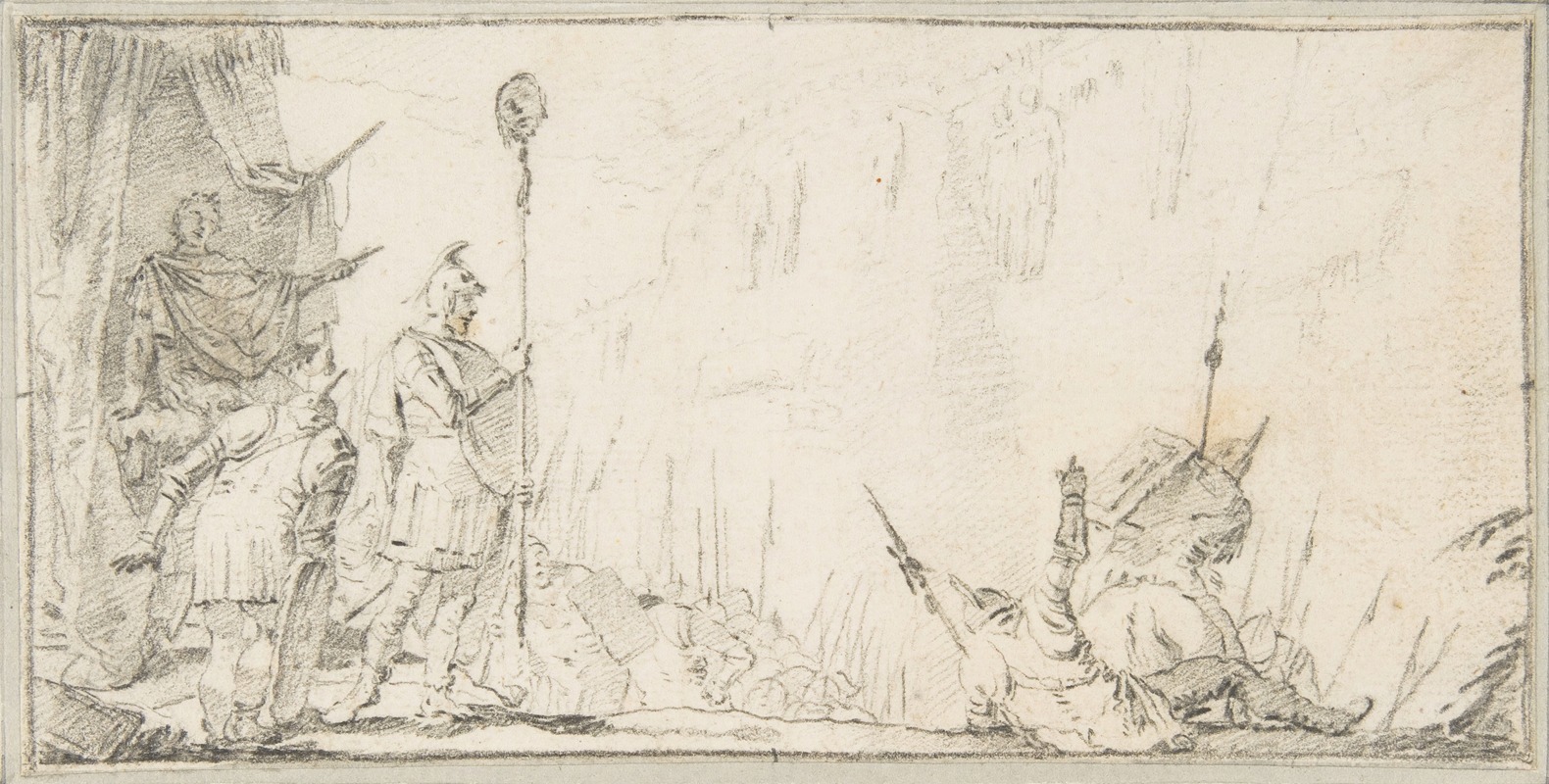
Soldier in front of ‘General’ Holding up a Decapitated Head on a Staff
A hand-painted replica of Giovanni Battista Tiepolo’s masterpiece Soldier in front of ‘General’ Holding up a Decapitated Head on a Staff, meticulously crafted by professional artists to capture the true essence of the original. Each piece is created with museum-quality canvas and rare mineral pigments, carefully painted by experienced artists with delicate brushstrokes and rich, layered colors to perfectly recreate the texture of the original artwork. Unlike machine-printed reproductions, this hand-painted version brings the painting to life, infused with the artist’s emotions and skill in every stroke. Whether for personal collection or home decoration, it instantly elevates the artistic atmosphere of any space.
Giovanni Battista Tiepolo, an Italian painter and printmaker, is renowned for his grand historical and religious compositions, characterized by their vibrant color, dramatic compositions, and masterful use of light. One of his intriguing works is "Soldier in front of ‘General’ Holding up a Decapitated Head on a Staff," a painting that exemplifies his skill in capturing intense and dramatic scenes.
Tiepolo was born in Venice in 1696 and became one of the most important painters of the 18th century. His work is often associated with the Rococo style, which is known for its elaborate ornamentation and playful themes. However, Tiepolo's work also contains elements of the Baroque, particularly in its dramatic use of light and shadow and its dynamic compositions.
The painting "Soldier in front of ‘General’ Holding up a Decapitated Head on a Staff" is a striking example of Tiepolo's ability to convey drama and emotion. The composition features a soldier presenting a decapitated head on a staff to a figure identified as a general. The scene is charged with tension and power, capturing a moment of triumph or perhaps a grim duty fulfilled. Tiepolo's use of color and light enhances the drama of the scene, drawing the viewer's eye to the central figures and the gruesome trophy they display.
Tiepolo's technique in this painting reflects his mastery of the medium. His brushwork is fluid and expressive, capturing the textures of the figures' clothing and the sheen of armor with remarkable skill. The composition is carefully balanced, with the figures arranged to lead the viewer's eye through the scene and emphasize the central action.
The historical context of the painting is not explicitly documented, and the specific event or narrative it depicts is not clearly identified in historical records. This ambiguity is not uncommon in Tiepolo's work, as he often drew on a wide range of historical, mythological, and religious sources for inspiration, sometimes blending elements from different stories to create new and compelling compositions.
Tiepolo's work was highly sought after during his lifetime, and he received numerous prestigious commissions from patrons across Europe. His ability to convey complex narratives and emotions through his art made him a favorite among the aristocracy and the church, who valued his ability to bring their grand visions to life on canvas and in fresco.
Today, Tiepolo is celebrated as one of the great masters of the 18th century, and his works are held in major collections around the world. "Soldier in front of ‘General’ Holding up a Decapitated Head on a Staff" remains a testament to his skill and creativity, offering viewers a glimpse into the dramatic and often tumultuous world he depicted with such flair.





